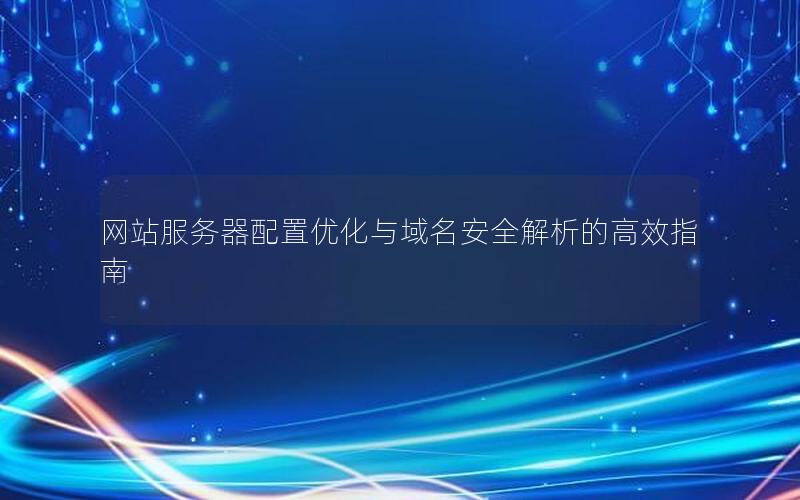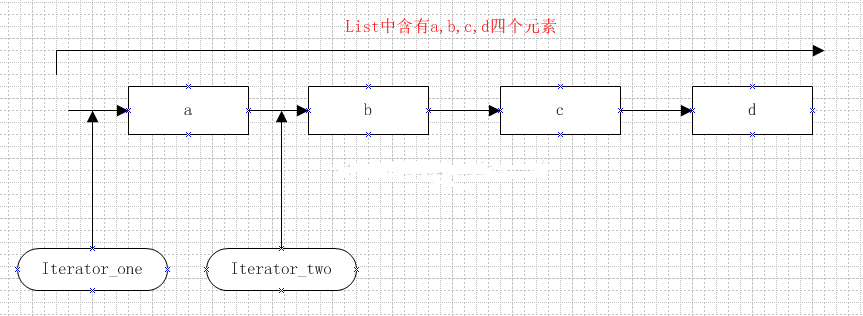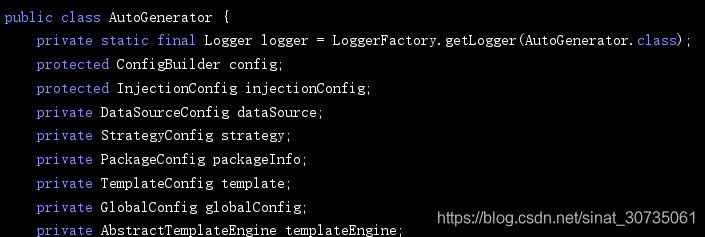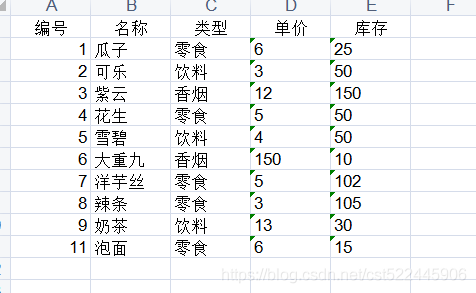废话少说,直接上代码:
ehcache.xml 文件
?
|
1
2
3
4
5
6
7
8
9
10
11
12
13
14
15
16
17
18
19
20
21
22
23
24
25
26
27
28
29
30
31
32
33
34
35
36
37
38
39
40
41
42
43
44
45
46
47
48
49
50
|
<?xml version="1.0" encoding="UTF-8"?>
<ehcache dynamicConfig="false" monitoring="off" updateCheck="false"
xmlns:xsi="http://www.w3.org/2001/XMLSchema-instance" xsi:noNamespaceSchemaLocation="ehcache.xsd">
<!-- 定义缓存策略
eternal="false" // 元素是否永恒,如果是就永不过期(必须设置)
maxEntriesLocalHeap="1000" // 堆内存中最大缓存对象数,0没有限制(必须设置)
overflowToDisk="false" // 当缓存达到maxElementsInMemory值是,是否允许溢出到磁盘(必须设置)
diskPersistent="false" // 磁盘缓存在VM重新启动时是否保持(默认为false)
timeToIdleSeconds="0" // 导致元素过期的访问间隔(秒为单位). 当eternal为false时,这个属性才有效,0表示可以永远空闲,默认为0
timeToLiveSeconds="600" // 元素在缓存里存在的时间(秒为单位). 0 表示永远存在不过期
memoryStoreEvictionPolicy="LFU" // 当达到maxElementsInMemory时,如何强制进行驱逐默认使用"最近使用(LRU)"策略,其它还有先入先出FIFO,最少使用LFU,较少使用LRU
-->
<!--
1)maxElementsInMemory(正整数):在内存中缓存的最大对象数量
2)maxElementsOnDisk(正整数):在磁盘上缓存的最大对象数量,默认值为0,表示不限制。
3)eternal:设定缓存对象保存的永久属性,默认为 false 。当为 true 时 timeToIdleSeconds、timeToLiveSeconds 失效。
4)timeToIdleSeconds(单位:秒): 对象空闲时间,指对象在多长时间没有被访问就会失效。只对eternal为false的有效。默认值0,表示一直可以访问。
5)timeToLiveSeconds(单位:秒): 对象存活时间,指对象从创建到失效所需要的时间。只对eternal为false的有效。默认值0,表示一直可以访问。
6)overflowToDisk:如果内存中数据超过内存限制,是否要缓存到磁盘上。
7)diskPersistent:是否在磁盘上持久化。指重启jvm后,数据是否有效。默认为false。
8)diskSpoolBufferSizeMB(单位:MB): DiskStore使用的磁盘大小,默认值30MB。每个cache使用各自的DiskStore。
9)memoryStoreEvictionPolicy:如果内存中数据超过内存限制,向磁盘缓存时的策略。默认值LRU,可选FIFO、LFU。
FIFO(first in first out):先进先出
LFU(Less Frequently Used):最少被使用,缓存的元素有一个hit属性,hit值最小的将会被清除缓存。
LRU(Least Recently Used)默认策略:最近最少使用,缓存的元素有一个时间戳,当缓存容量满了,而又需要腾出地方来缓存新的元素的时候,那么现有缓存元素中时间戳离当前时间最远的元素将被清除缓存。
10) maxEntriesLocalHeap 堆内存中最大缓存对象数
-->
<diskStore path="java.io.tmpdir"></diskStore>
<defaultCache
eternal="false"
maxEntriesLocalHeap="0"
timeToIdleSeconds="120"
timeToLiveSeconds="120"
maxElementsInMemory="10000"
overflowToDisk="true"
diskPersistent="true"
/>
<cache
name="userCache"
maxEntriesLocalHeap="10000"
/>
<cache
name="studentCache"
maxEntriesLocalHeap="10000"
/>
</ehcache>
|
需要增加的JAR包
springmvc.xml 需要在beans增加以下
?
|
1
2
|
xmlns:cache="http://www.springframework.org/schema/cache"
http://www.springframework.org/schema/cache http://www.springframework.org/schema/cache/spring-cache.xsd
|
增加bean
?
|
1
2
3
4
5
6
7
8
9
|
<!-- 启用缓存注解功能(请将其配置在Spring主配置文件中) -->
<cache:annotation-driven cache-manager="cacheManager"/>
<!-- Spring提供的基于的Ehcache实现的缓存管理器 -->
<bean id="cacheManagerFactory" class="org.springframework.cache.ehcache.EhCacheManagerFactoryBean">
<property name="configLocation" value="classpath:config/ehcache.xml"/>
</bean>
<bean id="cacheManager" class="org.springframework.cache.ehcache.EhCacheCacheManager">
<property name="cacheManager" ref="cacheManagerFactory"/>
</bean>
|
EHCacheUtils 操作类
?
|
1
2
3
4
5
6
7
8
9
10
11
12
13
14
15
16
17
18
19
20
21
22
23
24
25
26
27
28
29
30
31
32
33
34
35
36
37
38
39
40
41
42
43
44
45
46
47
48
49
50
51
52
53
54
55
56
57
58
59
60
61
62
63
64
65
66
67
68
|
import net.sf.ehcache.Cache;
import net.sf.ehcache.CacheManager;
import net.sf.ehcache.Element;
/**
* 操作缓存类
*
* @author jiangadam
*/
public class EhcacheUtils {
private static final String path = "/config/ehcache.xml"; // EHCache 的配置文件地址
private CacheManager manager;
private static EhcacheUtils ehCache;
private EhcacheUtils(String path) {
manager = CacheManager.create(getClass().getResource(path));
}
public static EhcacheUtils getInstance() {
if (ehCache == null) {
ehCache = new EhcacheUtils(path);
}
return ehCache;
}
/**
* 缓存一个对象
*
* @param cacheName
* 缓存的名字
* @param key
* 缓存的KEY
* @param value
* 缓存的值
*/
public void put(String cacheName, String key, Object value) {
Cache cache = manager.getCache(cacheName);
Element element = new Element(key, value);
cache.put(element);
}
/**
* 获取一个缓存的对象,没有返回NULL
*
* @param cacheName
* @param key
* @return
*/
public Object get(String cacheName, String key) {
Cache cache = manager.getCache(cacheName);
Element element = cache.get(key);
return element == null ? null : element.getObjectValue();
}
public Cache get(String cacheName) {
return manager.getCache(cacheName);
}
public void remove(String cacheName, String key) {
Cache cache = manager.getCache(cacheName);
cache.remove(key);
}
}
|
PUT 写入缓存
GET 获取缓存的数据
以上就是本文的全部内容,希望对大家的学习有所帮助,也希望大家多多支持快网idc。
原文链接:http://www.jianshu.com/p/d3de821317b7
相关文章
猜你喜欢
- 64M VPS建站:是否适合初学者操作和管理? 2025-06-10
- ASP.NET自助建站系统中的用户注册和登录功能定制方法 2025-06-10
- ASP.NET自助建站系统的域名绑定与解析教程 2025-06-10
- 个人服务器网站搭建:如何选择合适的服务器提供商? 2025-06-10
- ASP.NET自助建站系统中如何实现多语言支持? 2025-06-10
TA的动态
- 2025-07-10 怎样使用阿里云的安全工具进行服务器漏洞扫描和修复?
- 2025-07-10 怎样使用命令行工具优化Linux云服务器的Ping性能?
- 2025-07-10 怎样使用Xshell连接华为云服务器,实现高效远程管理?
- 2025-07-10 怎样利用云服务器D盘搭建稳定、高效的网站托管环境?
- 2025-07-10 怎样使用阿里云的安全组功能来增强服务器防火墙的安全性?
快网idc优惠网
QQ交流群
您的支持,是我们最大的动力!
热门文章
-
2025-06-04 92
-
2025-05-29 69
-
java中Iterator和ListIterator实例详解
2025-05-27 68 -
2025-05-29 89
-
2025-05-29 25
热门评论















